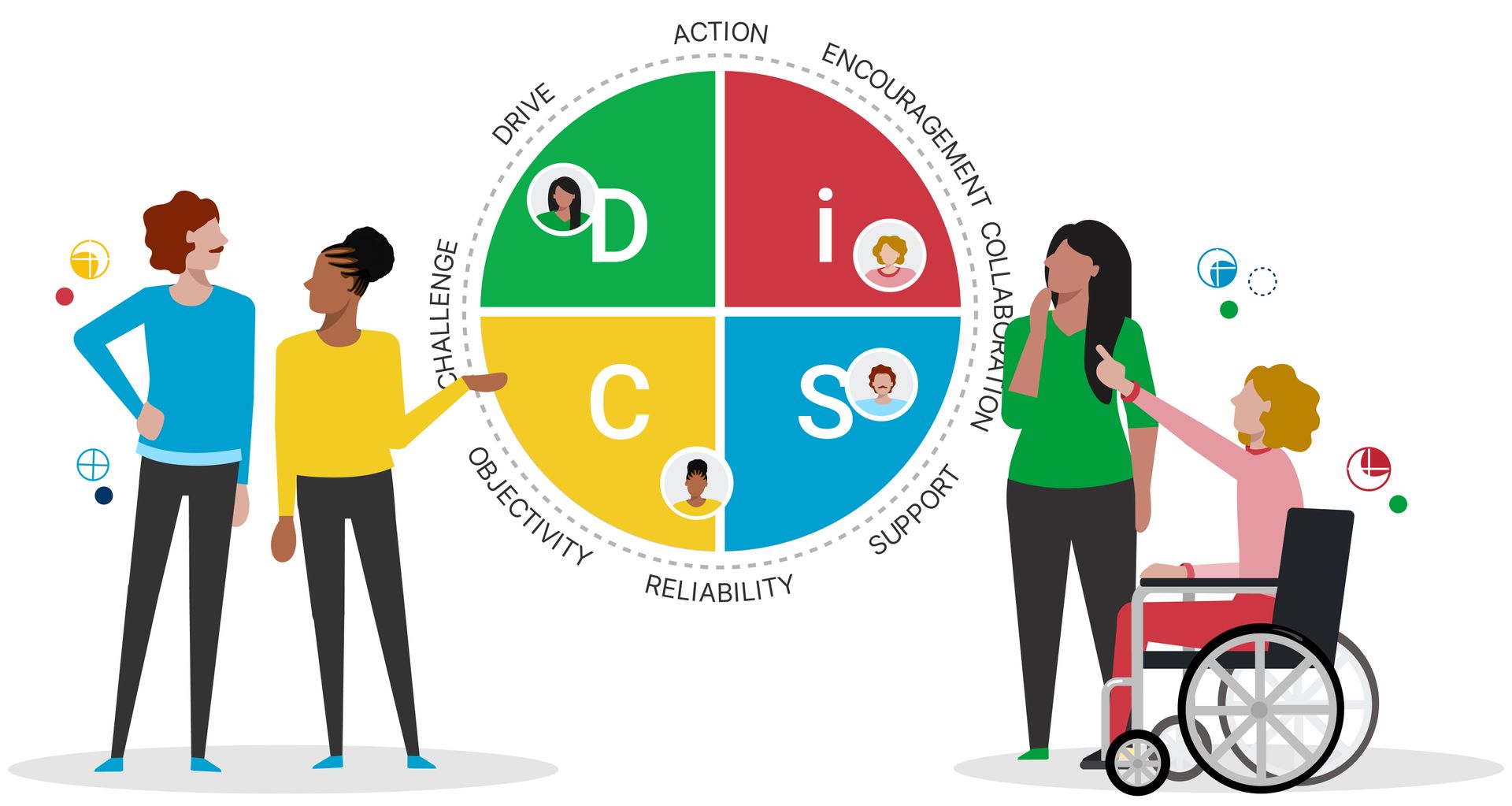By: Melissa Barlock
TOP FIVE TRAITS THAT ALL GREAT LEADER'S POSSESS

What comes to mind when you think of Julius Caesar, Mahatma Gandhi, or Martin Luther King Jr.? While they’re three very different characters from vastly different times, I bet something along the lines of great leaders came to mind. This illustrates that, while leadership can be difficult to define, it is often easy to recognize. Even in ancient times Chinese military strategist and philosopher Sun Tzu, credited author of the timeless ‘book’ The Art of War, understood the difference between a leader and a ruler.
Although primarily a treatise about military strategy, it’s broader concepts about effective leadership are still influential in business circles; it is prized for Tzu’s insights on the various qualities that make a great leader, including his focus on diversity, flexibility, unity, and the overall cultivation of trusting relationships. Today a similar comparison can be made between a leader and a manager, and the distinction is just as relevant. But while there are now many theories about what makes a good leader, what traits he or she possesses, and what the best leadership styles are, many of the principles are no less intuitive. Below are some of the essential characteristics that every leader should have.
Anyone can be a leader: perhaps the first step to being a good leader is believing that you can be one. If you have any doubt, you’ve probably been misled by the old adage that leaders are born, not made. While it would be naïve to suggest that nature doesn’t play a role, genetics only make it more or less likely. Like most things, it comes down to a complex interplay between genetics, environment, opportunity, and perhaps most importantly—sheer determination and a willingness to learn—which don’t take any skill at all, only hard work and a drive to succeed! Sure, it’s easy to make the case that the brazen Caesar was born to lead, but it’s also easy to see how the humble Gandhi or the charismatic King were heroes in their own times. They were what people needed them to be, when they needed them to be it. What they had in common was a principled character, a vision they believed in, and the will to stay strong in the face of adversity. You wouldn’t say that every good dentist was born to be a dentist, but you can be confident that they all had the desire and determination to get there.
Core values: once you’ve determined your vision you need to put it in writing. This helps you to be clear about what they are before you establish them, and it will help you to keep on track. It should also help you to be concise. They are your ‘core’ values, not every value you hold; if they were they probably wouldn’t be much different than everybody else’s. They also wouldn’t be very memorable, so pick somewhere from three to ten. Remember, your core values are chosen by you, but they should also reflect the values of the employees you hire. They should be on display and serve as guiding principles for everybody in the company, that way everyone is working towards the same objectives. They are an inner compass when one needs direction.
Communicate effectively: communicating effectively is more than just about using the smart words (and not using the not-so-smart words) we talked about last week, of course; while the extent of your vocabulary, or lack thereof, can certainly have an impact, we were just getting started. My real intent was to get you thinking about how even the little things can matter. As dental professionals, you’re trained to pay careful attention to details when it comes to oral care, but the human side is often glossed over in comparison. Similar to leadership, the ability to communicate effectively is something that only a handful of us are naturally good at, but it is also something that can be learned. It is also a topic that is too important and broad to cover here. Communicating is so much more than just what you say or don’t say with your words, it is also about what you say with your body, your tone of voice, and your actions. Being able to communicate effectively with coworkers and patients is an essential skill that any leader must have.
Caring: there are many words that could have made this list: empathetic, trusting, ethical, integrity, emotional intelligence, and reciprocity, for example. Or I could have just said that a good leader requires soft skills (recall that soft skills is an umbrella term that covers a broad range of social and interpersonal skills). And while this is all true, there is no substitute for a genuine caring about the well-being of others. These other words may imply it, but they don’t ensure it. However, to truly care does seem to necessitate these other qualities. When you really care about what you do and the people you work with, many of the qualities that define a good leader seem to come naturally, it feels genuine, and that is the type of person that everybody wants to work for.
Enthusiasm: it wasn’t easy to finish this list off; ask a few people what they consider to be the most important qualities in a leader and they’ll probably give you different answers. This attribute also made the cut of qualities to display in an interview, and by extension, to look for in an employee. As stated there, perhaps nothing is more attractive than confidence, positivity, and enthusiasm, and this rings true here as well. Of course, nobody can be enthusiastic all the time, so at the very least try to remain positive. It’s also okay to fake it sometimes; enthusiasm is contagious and can be a self-fulfilling prophecy, and if you’re caught your efforts will probably be appreciated.
Look forward to more posts on the characteristics of great leaders! As I like to say: People do business with, build relationships with, and hire people they know, like, trust, and can communicate with.
Enspire Dental Opportunities is looking forward to working with you.












